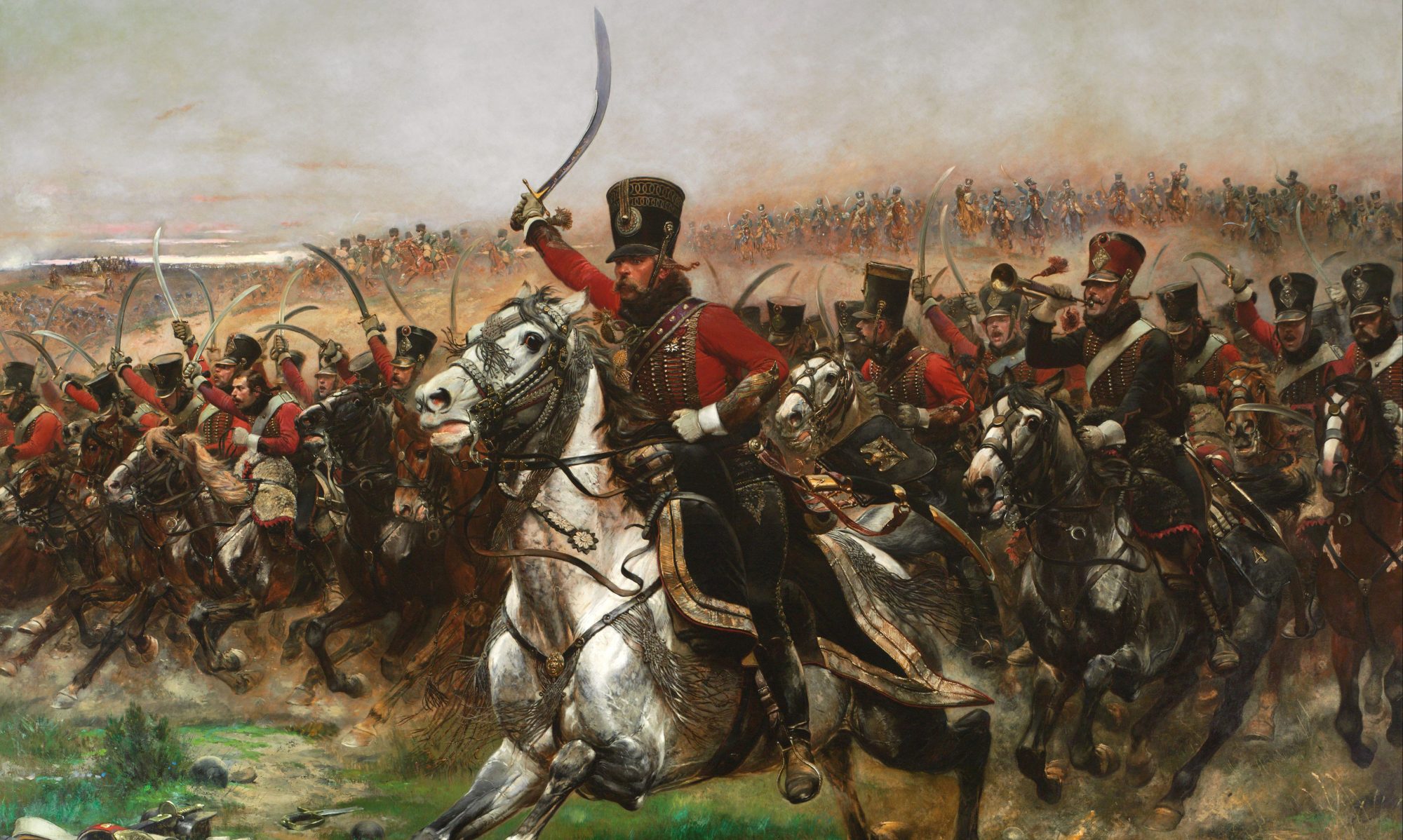‘the conflicts of the “old frontier” have not been in such good hands for a long time.’

- Author: John F. Winkler
- Illustrator: Peter Dennis
- Short code: CAM 327
- Publication Date: 18 Oct 2018
- Number of Pages: 96
https://ospreypublishing.com/peckuwe-1780
The Shadow War.
Along the western frontier of the 13 colonies a shadow war was being fought. While Washington fought the famous battles that won Independence for the United States, men like Daniel Boone were fighting in the wilderness in a much less clear cut war.
Faced by a wide array of Indian tribes, men like Boone and Clark were engaged in a fight on which depended the future of the western border of the new nation.
In dozens of unknown or forgotten ambushes, massacres and battles the border of the frontier that was to be won after independence was secured. Though the British gave what aid the could to these far flung wilderness campaigns, it was predominantly an Indian affair.
Since the beginning of the war the nasty business of bush warfare had been flaring up in the hotbed of the Ohio Valley. Settled by the British colonies after the defeat of the French it was still vulnerable to the Indian tribes who lived to the north and west of it.
Chalawgatha
By 1779, the Indians who were allied with the British, and those who fought the settlers, were raiding with impunity through modern Kentucky, Tennessee and Illinois. Not to mention the devastating raids along the New York frontier.
The State government of Virginia feared the depopulation of the Ohio and the onslaught of the hostile tribes. Money and munitions were fed westward into the hands of the legendary frontiersmen to combat them.
Colonel George Rogers Clark decided to lead a strong force of militia, regulars and woodsmen mostly from Kentucky and Illinois through the untamed wilderness to the Indian town of Chalawgatha and destroy it.
Chalawgatha was an infamous base from which some of the most destructive raids of the war in the west had been carried out.
The various Indian leaders were outnumbered and poorly equipped, yet they were masters of wilderness warfare. Clark built a road from the Ohio to Chalawgatha in order to supply his men. Abandoning their town the Indians moved to a spot ten miles north of the town called Peckuwe on the Mad River.
Legends of the Old Frontier.
This was not a turning point in the American Revolution but it was a point of movement for the westward expansion that followed. I suspect that the conflicts of the “old frontier” have not been in such good hands for a long time.
It also played a crucial role in forming the legends of men like Clark, Boone and Girty. As usual John F. Winkler brings methodical research, scholarly and entertaining detail and remarkable clarity to his work.
Illustrated with many fascinating photographs, detailed maps and double page Campaign series illustrations by Peter Dennis, (who has included many portraits into these paintings), this is a solid Osprey Campaign title.




You must be logged in to post a comment.